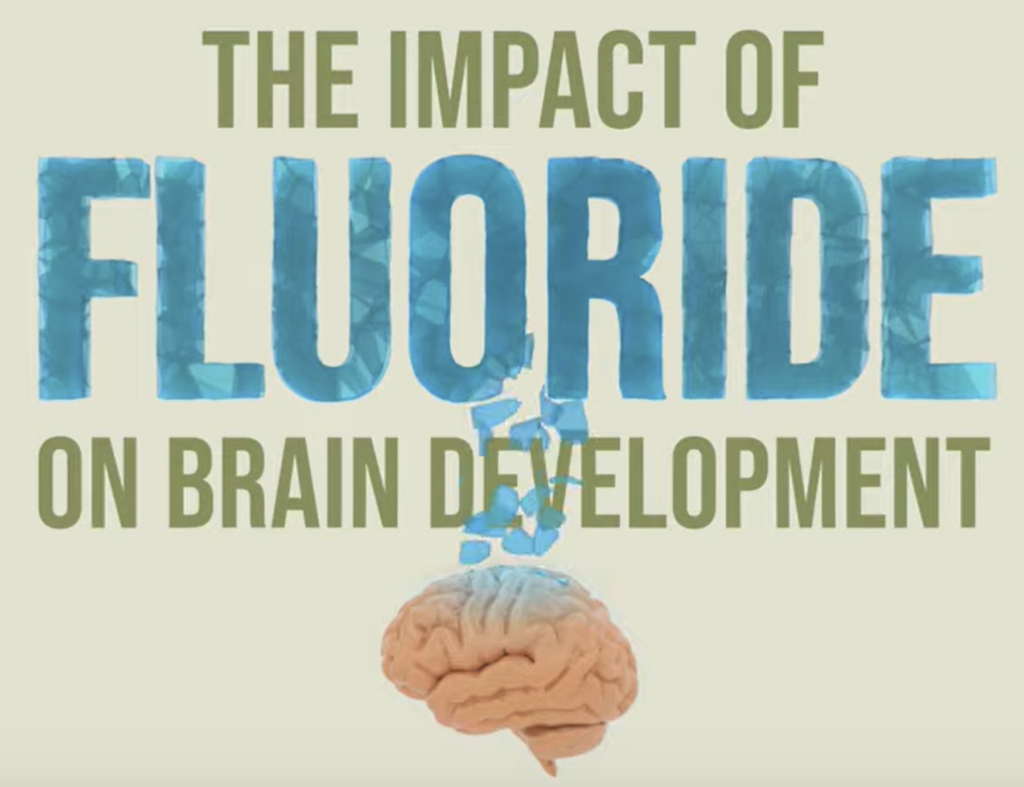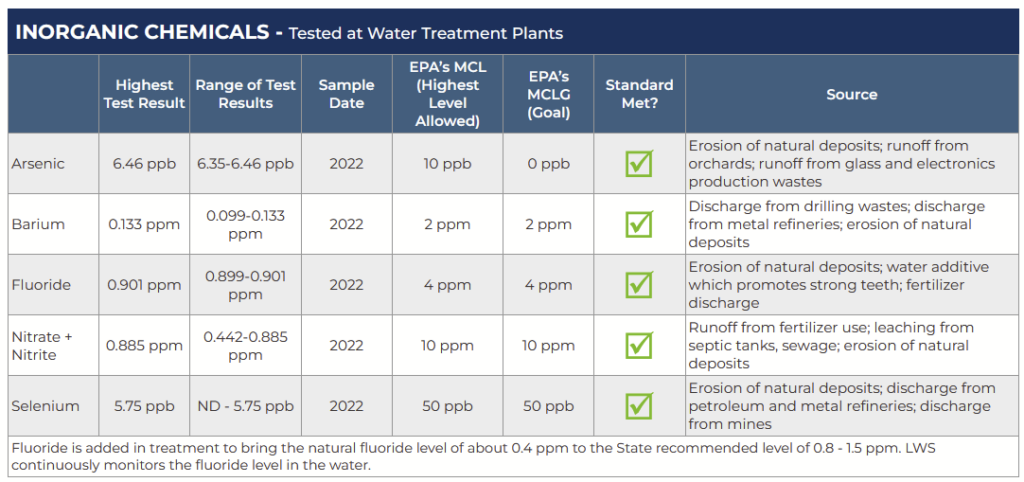During July and August of 2023 the City of Lincoln, Lancaster County, Nebraska, continued to treat the public water supply to a calculated fluoride value of 0.88 – 0.9 ppm which is 0.18 – 0.2 ppm above the nationally recommended value of 0.7 ppm and 0.59 – 0.61 ppm above the 0.29 ppm maternal urinary fluoride level associated with a 1-point decrease in IQ scores of preschool-aged boys and girls shown in a 2020 benchmark study.

Today, the City-County Health Department, under the heading “What are the facts about Fluoridation?” links to two outdated 2005 American Dental Association sources that have been removed. These sources recommend an optimal fluoridation level from 0.7 – 1.2 parts per million (ppm). See detail for outdated links below. (as of 1/5/2024 one link remains outdated)

It is imperative given current recommendations for fluoride concentration at 0.7 ppm (lower for infants), set since 2015, by the American Dental Association and federal agencies (see references below), that the City-County Health Department and the State of Nebraska immediately address this discrepancy in the public water fluoridation program with updated regulations. This is particularly urgent for families with infants and children without the means to afford fluoride filters or bottled water.
2022 City of Lincoln Water Quality Report

Who’s reporting error? The CDC shows Lincoln’s 2022 fluoride levels at 0.70 ppm when the Water Quality Report levels are 0.899 – 0.901 ppm

References
- The current American Dental Association fluoride facts report, from its fluoridation page, page 14 states, “In 2015, the U.S. Department of Health and Human Services (HHS), using the best available science, established the recommended concentration for fluoride in the water in the United States at 0.7 mg/L. This level effectively reduces tooth decay while minimizing dental fluorosis.” Page 45 of the report lists the upper tolerable fluoride intake for infants and children.
- Calculated fluoride values for the City of Lincoln in July and August 2023 ranged from 0.88 – 0.90 ppm, exceeding the recommended level of both the CDC and the American Dental Association. The City’s Water Quality Report 2022 target fluoridation level is 0.8 – 1.5 ppm.
- Neurotoxin effects on children and brain function: in a 2018 sworn deposition, Casey Hannan, Director, Oral Health Division, Centers for Disease Control, affirms that he is not aware of any data in the published literature that would define the tolerable upper fluoride intake for neurotoxic effects on children. He also confirms that the following is a correct summary from the 2006 National Research Council (NRC) report on fluoride, “The substantial enhancement of reactive microglia, the presence of stained intracellular neurofilaments, and the presence of IgM observed in rodents are related to signs of dementia in humans. The magnitude of the changes was large and consistent among the studies,” and including the following recommendation, “it is apparent that fluorides have the ability to interfere with the functions of the brain and the body by direct and indirect means.” The NRC report recommendation continues, “To determine the possible adverse effects of fluoride, additional data from both the experimental and the clinical sciences are needed.” Find clip in this interview at minute mark 07:45 and 12:45,
- Dental Fluorosis an outward sign of effects on the body – 2011 Report of the American Dental Association Council on Scientific Affairs, “Evidence-based clinical recommendations regarding fluoride intake from reconstituted infant formula and enamel fluorosis,” concludes, “Practitioners should be aware that children are exposed to multiple sources of fluoride during the tooth development period. Reducing fluoride intake from reconstituted infant formula alone will not eliminate the risk of fluorosis development. It also is important that clinicians provide advice to parents regarding the proper use of fluoridated toothpastes along with the informed prescription of fluoride supplements. The panel acknowledges and encourages clinicians to follow the American Academy of Pediatrics’ guidelines for infant nutrition, which advocate exclusive breastfeeding to age 6 months and continued through at least age 12 months unless specifically contraindicated. Human breast milk has been shown to have consistently low levels (0.005-0.01 ppm) of fluoride.”
Outdated City-County Health Department link – “What are the facts about Fluoridation?”
Site last checked 1/5/2024 – one link updated, one link remains outdated.

- First Link “American Dental Association – Fluoridation Facts Executive Summary” remains outdated as of 1/5/2024: links to a summary fact sheet based on a 2005 American Dental Association report “Fluoridation Facts” (The ADA has removed the report linked within this document). The report notes on page 11, “Based on extensive research, the United States Public Health Service (USPHS) established the optimum concentration for fluoride in the water in the United States in the range of 0.7 to 1.2 parts per million.”
- 1/5/2024 – The second link is now updated. October 2023 observation was that the “Second Link: The American Dental Association has removed the link to “Fluoride & Fluoridation,” which a 2005 archive is here and references the same “Fluoridation Facts” report referenced in the first link.”
First City/County Link: What are the facts about Fluoridation? Outdated Summary

Updated link to ADA Fluoride Fact Sheet
Links available as of 1/5/2024
Optimal concentration level, Page 9: “…the optimal concentration of fluoride in drinking water of 0.7 mg/L (milligrams per liter) was defined
as “the concentration that provides the best balance of protection from dental caries while limiting the risk of dental fluorosis.”


Second Link Outdated 2005 ADA Report – as of 1/5/2024 this link has been updated, see above.

Additional Information – Fluoridation of Public Water Supplies in Nebraska.